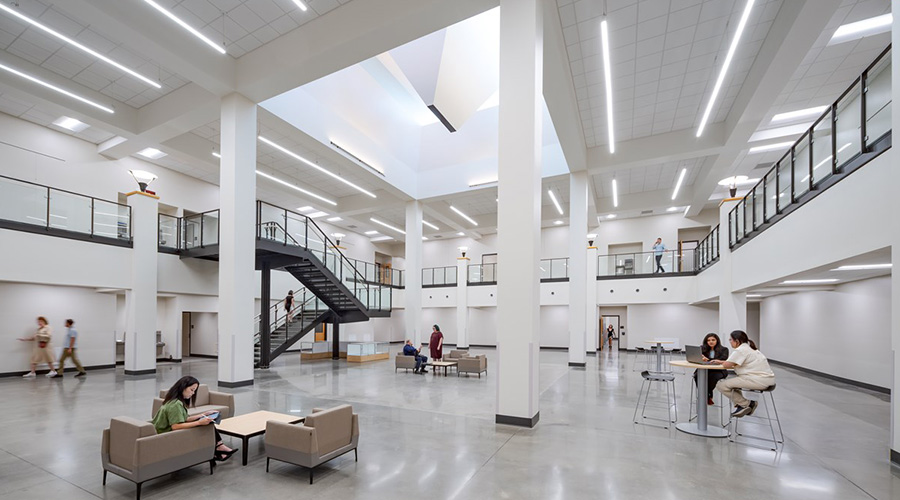Energy Harvesting and Building Performance
Have you ever really thought about how much time and attention we pay to complaints about building HVAC systems? Too-hot and too-cold calls are at or near the top of the list of complaints that maintenance and engineering managers receive. Indoor air quality, noise, and lighting levels are also well-represented on this list.
Managers spend a tremendous amount of time monitoring the performance of building systems in order to create a workplace environment that allows building occupants to concentrate on their essential business, rather than being distracted by the work environment. At the same time, managers also must balance maintenance and operating costs.
From a utility perspective, buildings use a great deal of energy. So when mechanical heating systems, cooling systems, and lighting systems don't perform as they should, they waste time and resources. It's no wonder they command so much of our attention.
Emerging Technology
Managers who are looking for emerging technology to help them control energy costs, as well as address occupant concerns about the indoor environment, should consider the potential benefits of energy harvesting. Earlier this year, the World Economic Forum's Global Agenda Council on Emerging Technologies published a list of the top 10 technologies it believes will have the greatest impact on the state of the world in 2012. Number seven on this list was wireless power.
What does this have to do with facility management and operations? Measurement and monitoring devices can address a host of challenges. To manage building systems well, we rely on technology, including thermostats, temperature and humidity sensors, occupancy sensors, and infrared sensors. These devices play a key role in everything from providing vital control information for base building equipment to managing room lighting levels.
In predictive maintenance programs, technicians use vibration, acoustic, infrared, thermal, and fluid detection to inform decisions about effective ways to maintain equipment. The technology helps to ensure technicians provide the appropriate level of maintenance to extend equipment useful life, increase operating efficiency, and provide safer work environments. In the reporting environment, we rely on metering and monitoring devices for long-term trending and data collection.
One of the challenges we face in existing operations is the wiring and components these devices require for power and communication. From a communication perspective, wireless-sensor networks are at the forefront of solving these challenges. Wireless-sensor networks consist of a group of sensors that send their data to a central location, where it is processed and interpreted. But the wireless sensors in these networks rely on battery power, which is limited by battery life. This need to replace depleted batteries can create undesirable ongoing maintenance tasks.
Related Topics:













